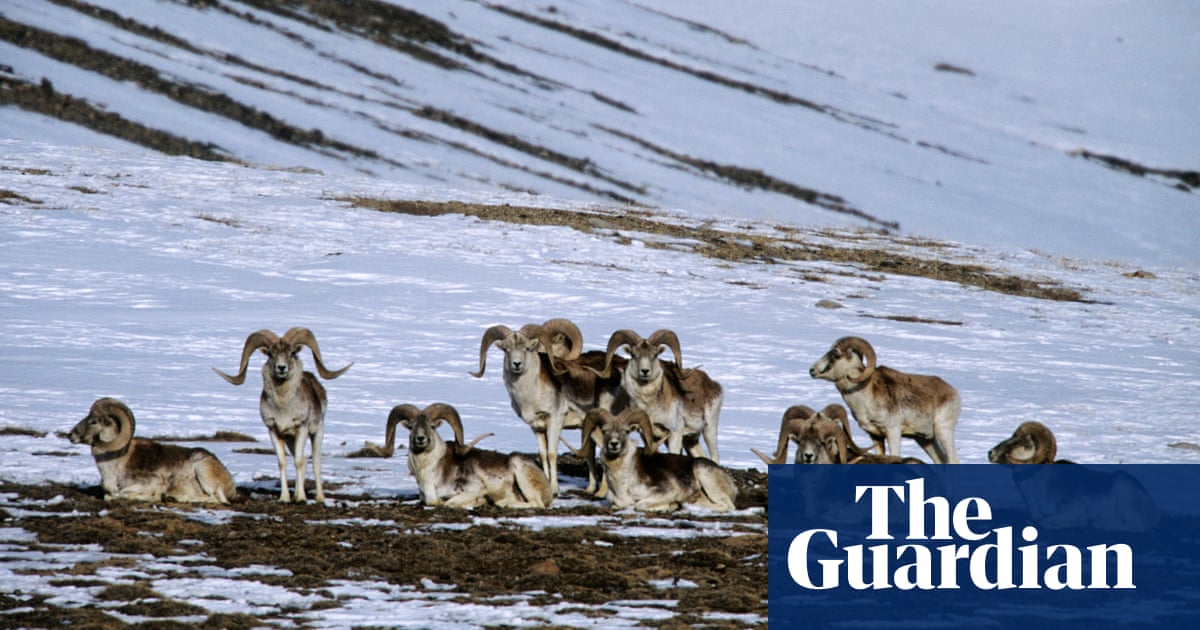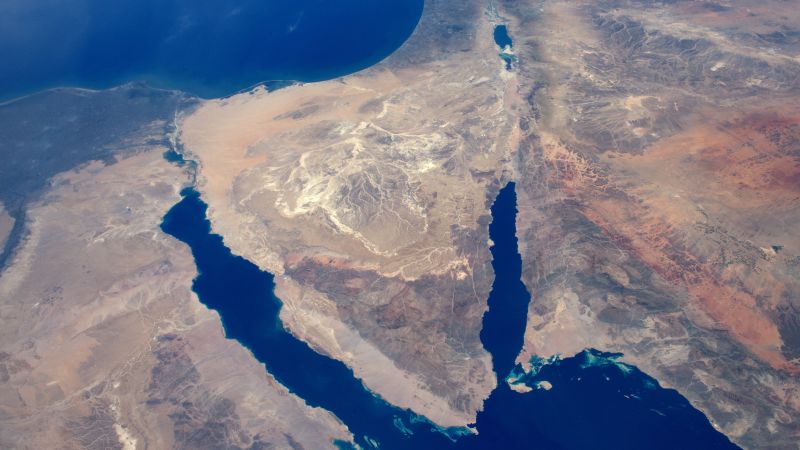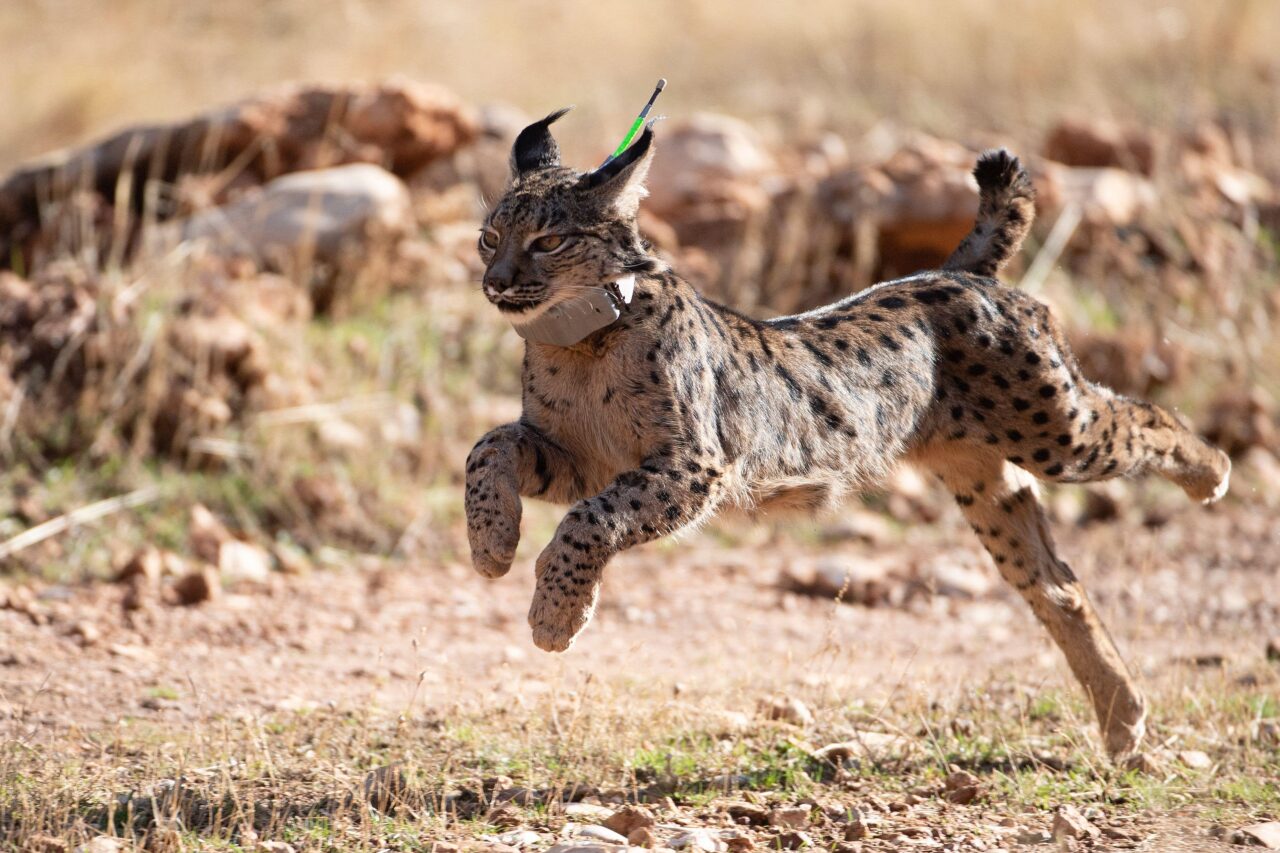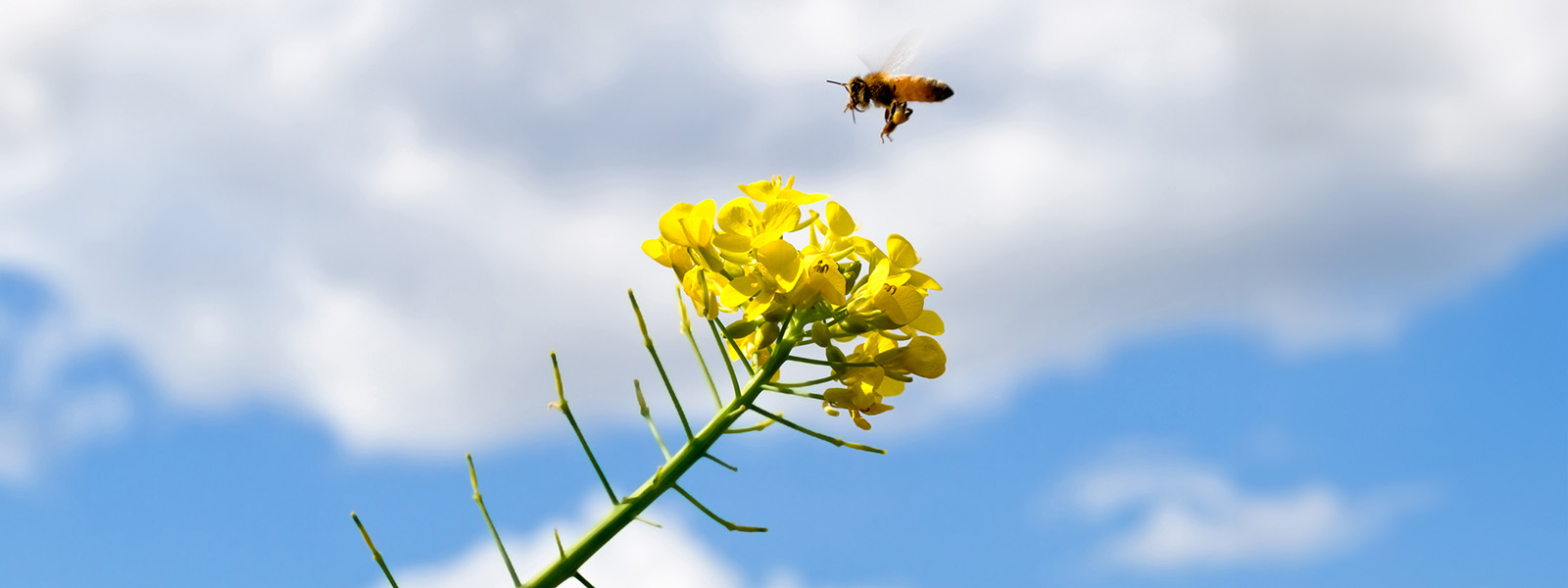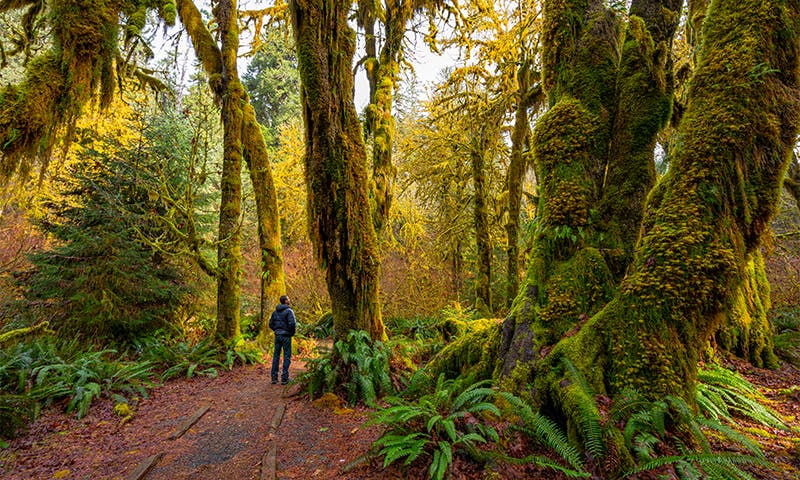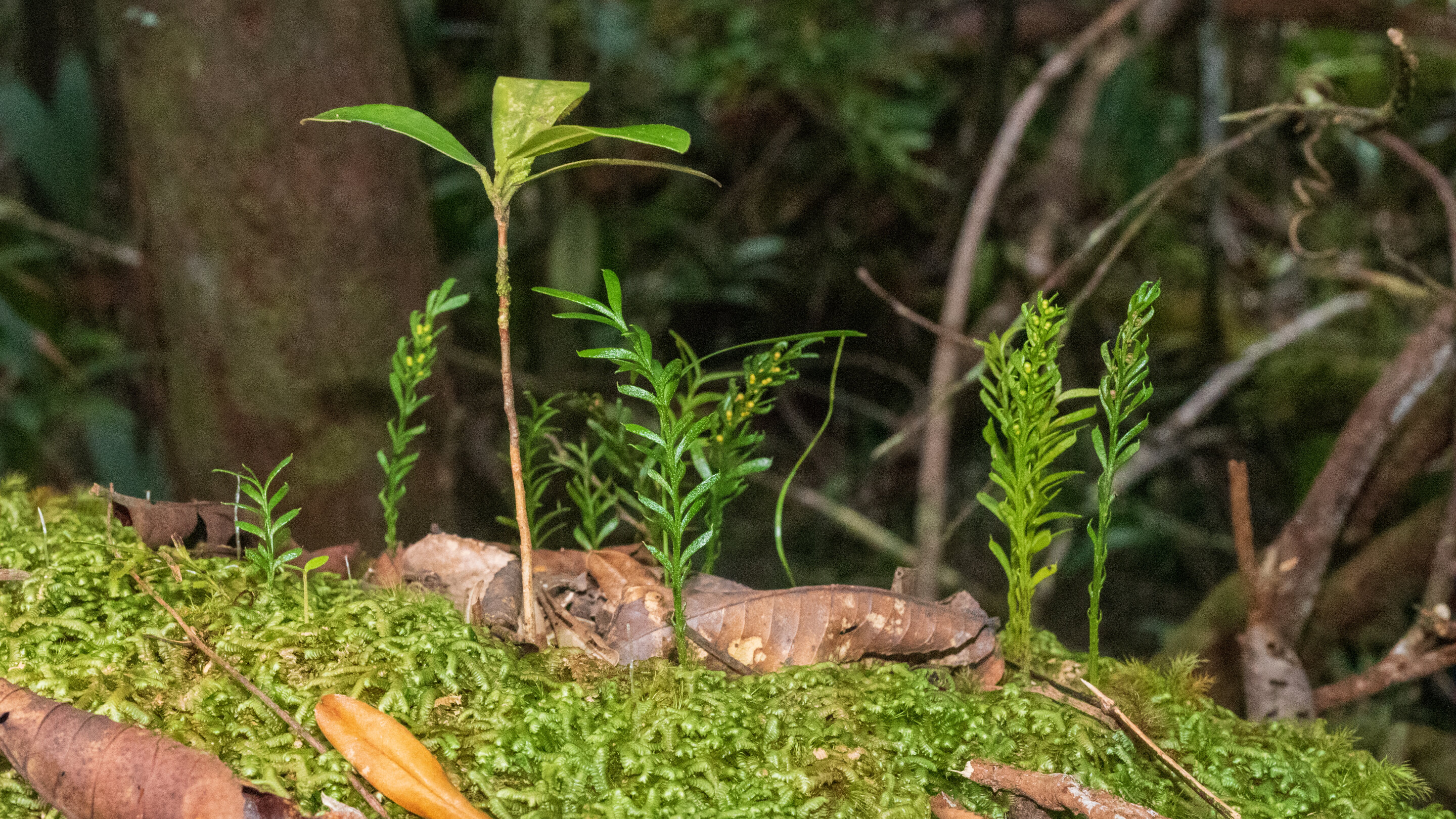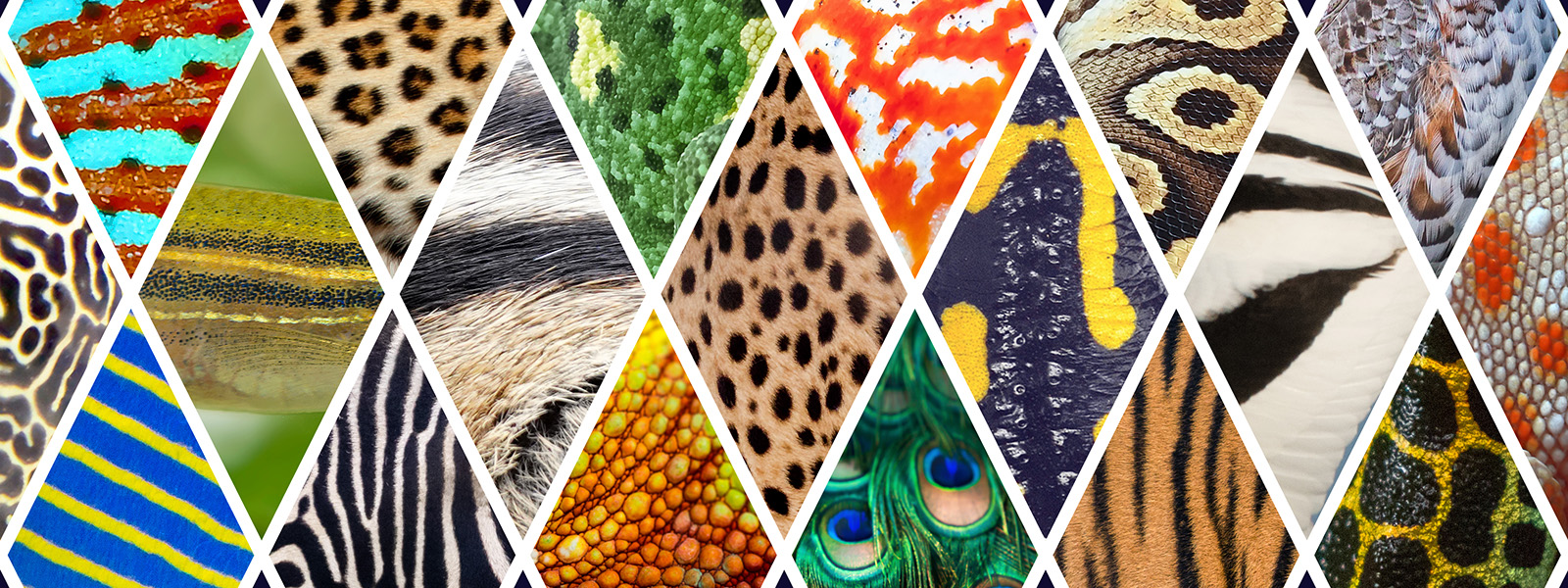Biodiversity
Please post any relevant, useful links you would like to add to the resource collection on the sidebar! :) Eventually I will go through my bookmarks too!
If anyone would like to help me set up these communities and/or mod, please get in touch. This place is what we make it and I’d love some fresh ideas. I mod a number of smaller science subreddits and would like to help make this place just as nice, if not better!
 thenarwhal.ca
thenarwhal.ca
cross-posted from: https://hexbear.net/post/3608218 > >Giant Canada geese, so ubiquitous today in cities across the country, were once considered extinct. What can we learn from watching them up close? > > >In the opening minutes of Karsten Wall’s short film, Modern Goose, a flock of geese arrives in a cacophony of honks, barks, cackles and splashes, as it touches down in a human-made pond behind an outlet mall. The ruckus blends with the hum of traffic as they waddle under the neon glow of billboards and parking lot lights, picking at patches of grass and dodging vehicles in the drive-thru lane. > > >It’s a scene that would feel familiar in most Canadian cities, where geese have become ubiquitous to daily life. As it happens, these geese are Winnipeggers, descendants of a historically significant flock once thought to have disappeared altogether. > > >“A lot of people in the cities consider them pests, but then a lot of people go to Fort Whyte to watch the migration,” he says. “It was important to me to just let people sit and appreciate their amazing flying abilities, their migration abilities and how well they’re actually doing.” > > >There are other aspects of goose life that are relatable to humans. They mate for life (with just a 15 per cent separation rate, according to a Canadian field naturalist study titled “Divorce in Canada Geese”), raise their young together and migrate as a family. When female geese mature and find mates, they return to the place they were hatched to build nests of their own. > > >With today’s geese so abundant, it’s difficult to imagine a world without them. > > >But at the turn of the 20th century, unregulated hunting, egg collection and habitat erosion had nearly wiped out North America’s goose population and the giant Canada goose was thought to have disappeared altogether. > > [Full article](https://thenarwhal.ca/canada-goose-film/)
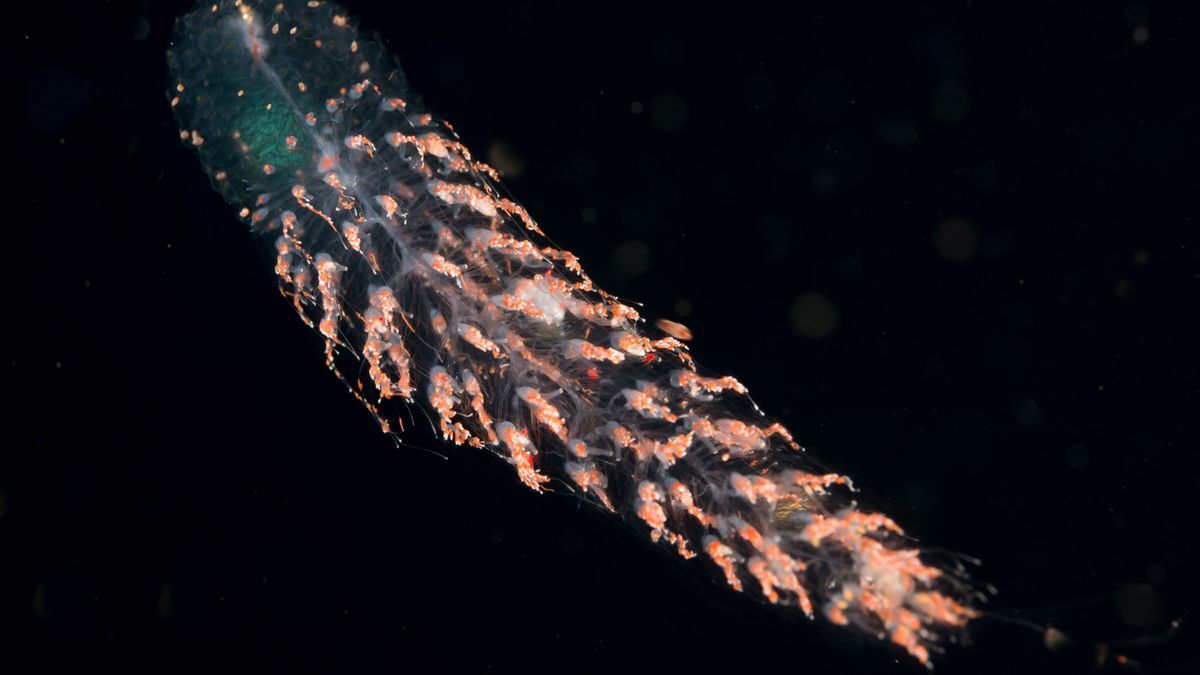 www.livescience.com
www.livescience.com
The largest animal on Earth is thought to be the blue whale, but these strange sea creatures can grow even longer — reaching up to 150 feet (46 meters) in length. There are around 175 species of siphonophores living in the deep sea throughout all of Earth’s oceans, although not every species is found in each ocean. Many siphonophores are long and string-like, but some, like the venomous Portuguese man o'war (Physalia physalis), resemble jellyfish. Although a siphonophore may look like a single animal, it is actually a colony made up of individual organisms called "zooids," which each have a distinct function within the colony despite being genetically identical. Some catch prey and digest food, while others enable the colony to reproduce or swim. An individual zooid cannot survive on its own because they specialize in one function, so they rely on each other to form a "body."
Some successful reintroductions of endangered species from insurance populations.
TL;DW: Blood extracted from leeches can be used to track population distribution of some species.

Full Article from [NPR](https://www.npr.org/2024/09/10/nx-s1-5025675/conservationists-worry-winter-crabbing-puts-chesapeake-bay-at-risk) >Blue crabs are perhaps the most iconic species in the Chesapeake Bay. > >The crustacean, which is actually blue, is a favorite among seafood lovers, but pollution, habitat loss and harvest pressure are all threats to its abundance. > >“Years ago, we used to catch what we could sell,” says waterman Billy Rice. “Now we sell everything we can catch.” >Earlier this summer, a group of Virginia watermen voted to explore the possibility of year-round crab fishery, but conservationists worry what that could mean for the health of the Bay. > >Five years ago, the blue crab population was estimated to be about 600 million. Now officials say it’s closer to half that number. >**Until 2008, Virginia and Maryland used to allow crabbing year-round. But a decline in population led to a 16-year prohibition on winter dredging**. > >Chris Moore, a conservationist with the Chesapeake Bay Foundation, says reinstating winter crab dredging could further jeopardize the blue crab population. > >“Blue crabs migrate throughout the summertime, but during the winter, they actually become kind of semi-hibernative,” Moore says. “And so what that means is they generally kind of stop moving, and they kind of burrow down into the sand or the mud bottom of the Chesapeake Bay and its tributaries.” >Maryland officials say the species’ recovery can be traced to the 2008 prohibition on winter crab dredging and that the Virginia watermens’ decision could create a rift in the long-standing partnership between the two states when it comes to the Bay. >Back on the crab boat, Billy Rice — who was born and raised on a Maryland tobacco farm — says he’s against winter crab dredging because it could mean even fewer crabs in the Bay. > >**“I think it’s just important to understand that, you know, we have a privilege to crab. It’s not a right to crab,” Rice says. “We have to have respect for the resource…so that we have crabs for future generations.”**
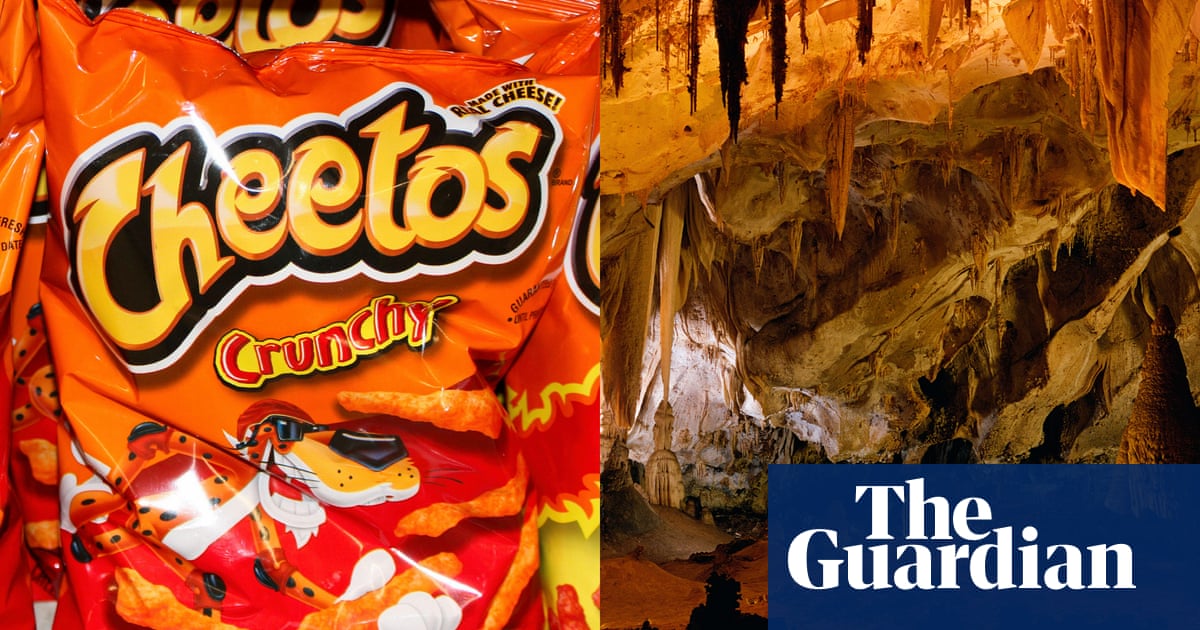 www.theguardian.com
www.theguardian.com
A full bag of Cheetos, discarded by a subterranean visitor to the Big Room in Carlsbad Caverns national park in New Mexico, has led the US National Park Service to issue a warning that discarded food could have a “huge impact” on the cave’s delicate and at-risk ecosystem. “At the scale of human perspective, a spilled snack bag may seem trivial, but to the life of the cave it can be world changing,” the park said in its post about the garbage that was recently discovered there, threatening the balance of the unique cave system environment. “The processed corn, softened by the humidity of the cave, formed the perfect environment to host microbial life and fungi,” officials wrote. “Cave crickets, mites, spiders and flies soon organize into a temporary food web, dispersing the nutrients to the surrounding cave and formations. Molds spread higher up the nearby surfaces, fruit, die and stink. And the cycle continues.”
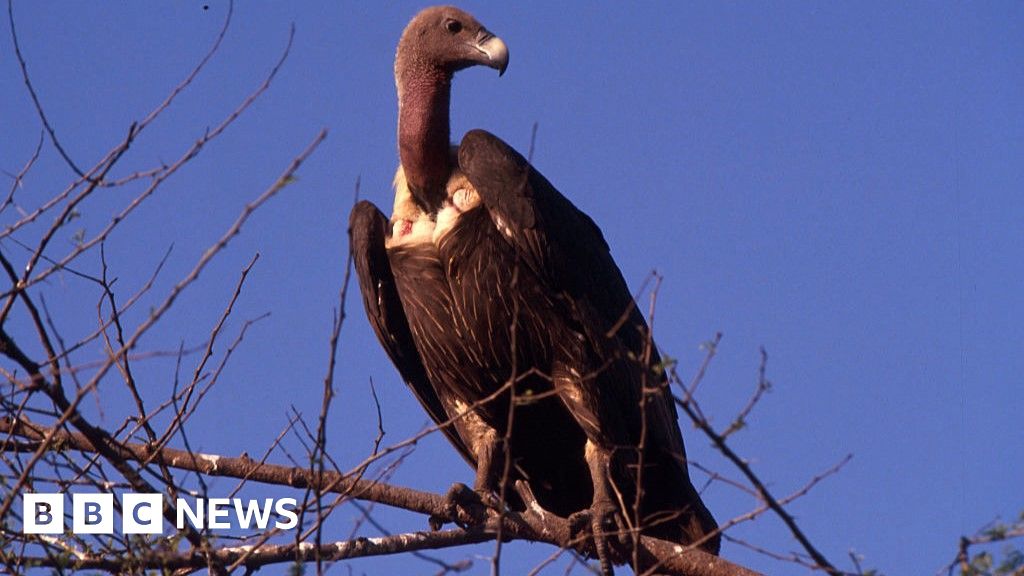 www.bbc.com
www.bbc.com
cross-posted from: https://lemmy.world/post/17971473 I see this was talked about a few months back in a different article here, but it looks paywalled. I've made a brief summary here of a new BBC article, and also included some photos of the birds. > [BBC: How decline of Indian vultures led to 500,000 human deaths 25 JUL 2024](https://www.bbc.com/news/articles/c28e2pvzn3lo) > > >More than two decades ago, India’s vultures began dying because of a drug used to treat sick cows. > > > >By the mid-1990s, the 50 million-strong vulture population had plummeted to near zero because of diclofenac, a cheap non-steroidal painkiller for cattle that is fatal to vultures. Birds that fed on carcasses of livestock treated with the drug suffered from kidney failure and died. > > >The unintentional decimation of these heavy, scavenging birds allowed deadly bacteria and infections to proliferate, leading to the deaths of about half a million people over five years, says the study published in the American Economic Association journal. > > >“Vultures are considered nature’s sanitation service because of the important role they play in removing dead animals that contain bacteria and pathogens from our environment - without them, disease can spread,” says the study’s co-author, Eyal Frank, an assistant professor at University of Chicago's Harris School of Public Policy. > > > >“Understanding the role vultures play in human health underscores the importance of protecting wildlife, and not just the cute and cuddly. They all have a job to do in our ecosystems that impacts our lives.” > > >The authors estimated that between 2000 and 2005, the loss of vultures caused around 100,000 additional human deaths annually, resulting in more than $69bn (£53bn) per year in mortality damages or the economic costs associated with premature deaths. > > > >These deaths were due to the spread of disease and bacteria that vultures would have otherwise removed from the environment. > > >“The vulture collapse in India provides a particularly stark example of the type of hard-to-reverse and unpredictable costs to humans that can come from the loss of a species,” says Mr Sudarshan, an associate professor at the University of Warwick and co-author of the study. > > It is amazing to see what a difference these birds most take for granted contribute to our success as a species. > > Many find vultures to be creepy, but after learning about some of their amazing abilities and understanding why they've evolved to become what they are, they are superbly designed animals that excel at doing a very important job. > > White-rumped vulture (Population loss since 2000: 98%) > >  > > Indian vulture (Population loss since 2000: 95%) > > 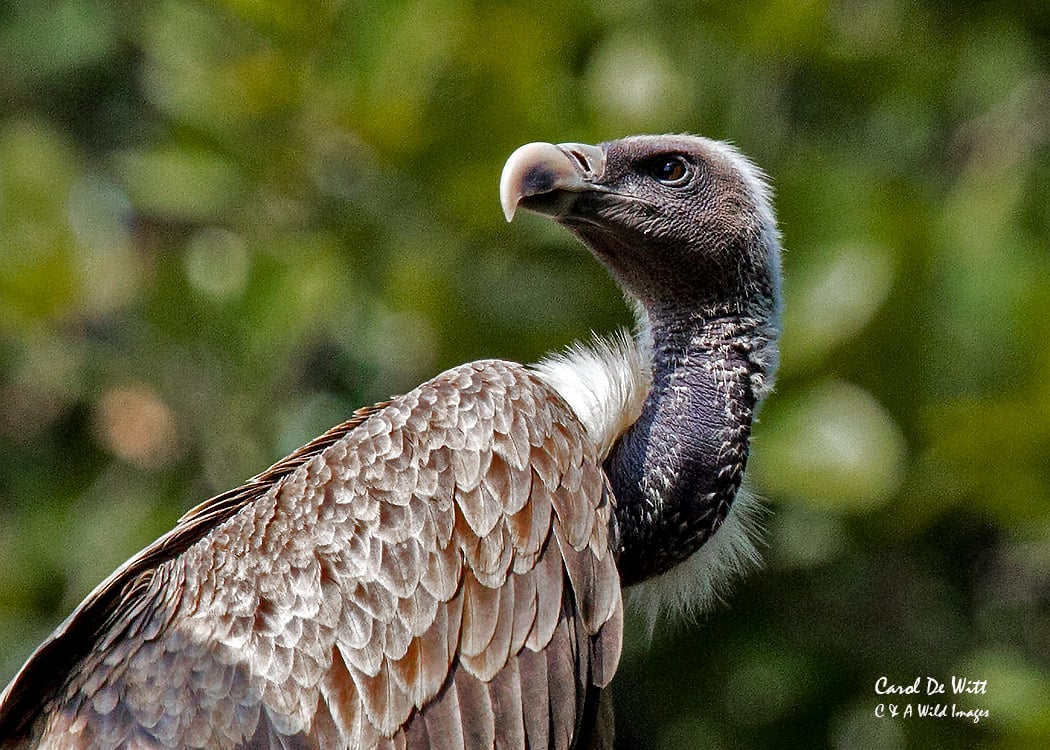 > > Red-headed vulture (Population loss since 2000: 91%) > > 
 www.abc.net.au
www.abc.net.au
> A tiny native rodent that was on the brink of extinction on the mainland has bounced back in the most unlikely of places — an island infested with death adders and tiger snakes. > >The rat's survival on the South Australian island, which it was introduced to more than three decades ago, has been the result of one of Australia's worst invasive weeds, the African boxthorn. > Co-author of the study, Flinders University associate professor Vera Weisbecker, said invasive weeds were damaging to Australia's biodiversity so it was good news a threatened mammal was thriving in that habitat. >However the researchers cautioned against perceptions that invasive weeds weren't as bad as they seemed. > > "We completely agree that it is a damaging weed that needs to be controlled," Ms Kraehe said. > "If it continues to spread, it may displace too much of the native vegetation and lead to a collapse of the island's ecosystem, ultimately affecting the greater stick-nest rats themselves," Dr Hill said.
Biodiversity
!biodiversity@mander.xyzWelcome to c/Biodiversity @ Mander.xyz!
A community about the variety of life on Earth at all levels; including plants, animals, bacteria, and fungi.

Notice Board
This is a work in progress, please don't mind the mess.
2023-06-16: We invite our users to contribute resources for the sidebar.
2023-06-15: Looking for mods!
About
Biodiversity is a term used to describe the enormous variety of life on Earth. It can be used more specifically to refer to all of the species in one region or ecosystem. Biodiversity refers to every living thing, including plants, bacteria, animals, and humans. Scientists have estimated that there are around 8.7 million species of plants and animals in existence. However, only around 1.2 million species have been identified and described so far, most of which are insects. This means that millions of other organisms remain a complete mystery.
Over generations, all of the species that are currently alive today have evolved unique traits that make them distinct from other species. These differences are what scientists use to tell one species from another. Organisms that have evolved to be so different from one another that they can no longer reproduce with each other are considered different species. All organisms that can reproduce with each other fall into one species. Read more...
Rules
- Don't throw mud. Be kind and remember the human.
- Keep it rooted (on topic).
- No spam.
Quick Links
Resources
- The Convention on Biological Diversity (UN)
- The Biodiversity Heritage Library
- Maps of the World's Biodiversity
- Ecosystems and Human Well-Being (free e-book)
- Falling Fruit: Map of the Urban Harvest
Bypass Paywalls
- On Ethics 1 2 3 4
- WaybackMachine (archive.org)
- Behind the Overlay Browser Extension
- ladder
- Anna's Archive
- Bypass Paywalls Browser Extension (see readme for Chrome & mobile options.)
Similar Communities
Sister Communities
Science and Research
Biology and Life Sciences
- !anthropology@mander.xyz
- !microbiology@mander.xyz
- !biodiversity@mander.xyz
- !palaeoecology@mander.xyz
- !palaeontology@mander.xyz
Plants & Gardening
Physical Sciences
Humanities and Social Sciences
- !archaeology@mander.xyz
- !cooking@mander.xyz
- !folklore@mander.xyz
- !history@mander.xyz
- !old_maps@mander.xyz
Memes
Find us on Reddit!
